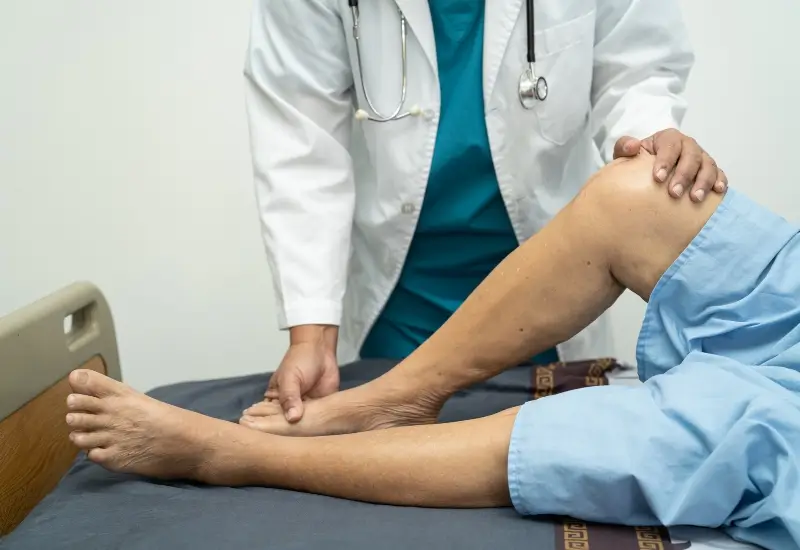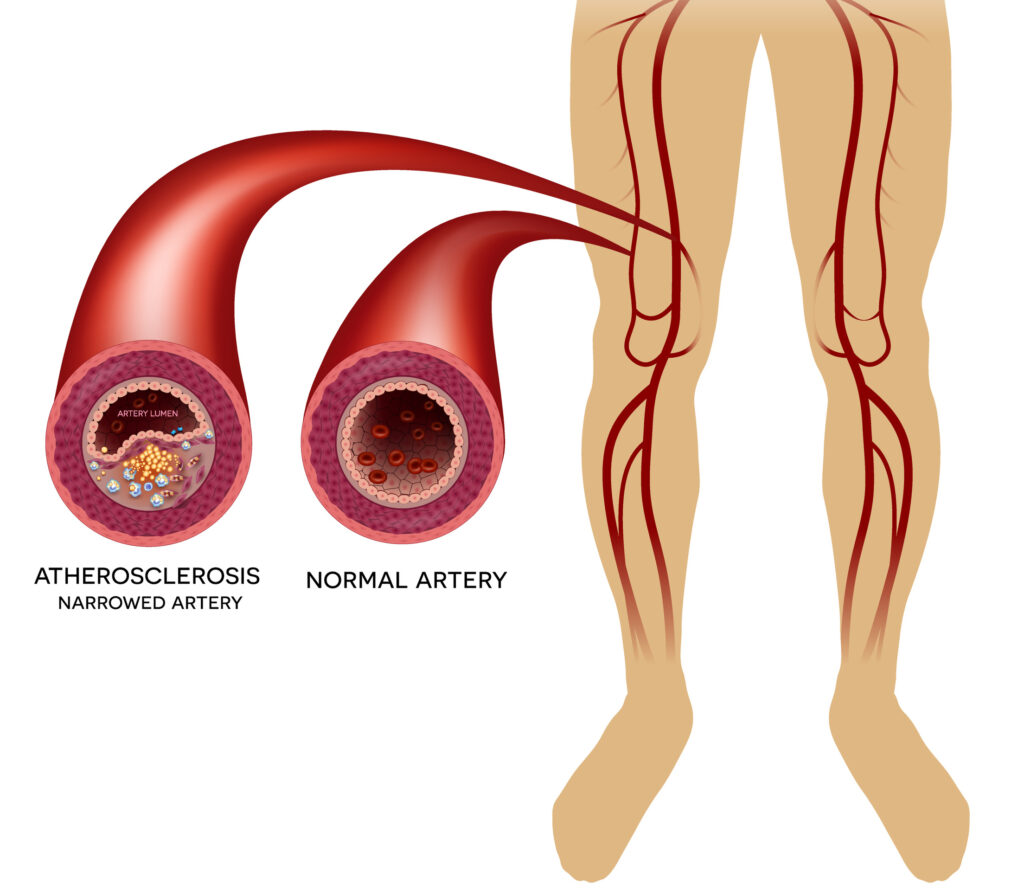Understanding Your Risk for Peripheral Arterial Disease

Peripheral arterial disease (PAD) is a condition that affects millions of people worldwide. Yet, many are unaware they’re at risk for this disease until it reaches a serious stage. This condition can significantly affect your quality of life, and early detection is essential to effective treatment. If you’re concerned about PAD risk factors, look to the team at ReVaMP Heart & Vascular Institute. We serve patients in the Greater Philadelphia and Southern New Jersey regions with top-tier vascular care. Learn more about the risk factors for peripheral arterial disease and how you can prioritize prevention.
What Is PAD?

Peripheral arterial disease (PAD) occurs when arteries in the legs and feet become clogged with fatty deposits, reducing blood flow. PAD usually starts as a minor inconvenience but can escalate quickly. Knowing the early signs and symptoms often makes a noticeable difference in managing the disease effectively. Watch for these symptoms:
- Leg pain
- Numbness in the legs
- Muscle weakness
- Hair loss
- Sores on the legs that are slow to heal
- Cold toes
- Smooth and shiny skin
Is Peripheral Arterial Disease Hereditary?
Lifestyle factors are key in the development of PAD, but some evidence also suggests that genetics play a role. Individuals with a family history of PAD or related cardiovascular diseases may be at an increased risk. If an immediate family member has been diagnosed with PAD, consider getting a checkup at ReVaMP Heart & Vascular Institute. We’ll discuss your family and medical history to determine whether you have additional PAD risk factors.
Major Peripheral Artery Disease Risk Factors
We’ve already discussed genetics as a risk factor for peripheral arterial disease, but lifestyle habits also have a major influence on PAD. Be especially vigilant for the signs of PAD if any of the following factors apply to you:
- Smoking—Smoking damages the blood vessels and leads to unhealthy cholesterol levels, drastically increasing your risk of PAD.
- Excess Stress—Too much stress can cause the arteries to tighten and narrow, making them easier to clog.
- High Fat Diets—Consuming too much saturated fat can clog the arteries and speed up the development of PAD.
- Underlying Medical Conditions—Conditions such as diabetes, kidney disease, high blood pressure, obesity, and high cholesterol can all increase your likelihood for development of PAD.
- Age—PAD is diagnosed in people of all ages, but people over age 65 are at the highest risk.
How Lifestyle Changes Affect PAD Risk Factors
If you’re hoping to reduce your risk of PAD, there’s plenty you can do. It all starts with some simple lifestyle modifications that snowball into major changes. Here’s how adapting your daily routine can affect your vascular health. Consider consulting your doctor prior to starting any diet or exercise program.
Diet
A balanced diet is vital for maintaining healthy arteries, but getting the right nutrients is often easier said than done. Start by incorporating a few more fruits and vegetables into your diet, and gradually add more. Try cutting out saturated fats here and there and replace them with foods rich in antioxidants. Hydration is also key—be sure you’re getting lots of water to keep your blood flowing smoothly!
Exercise
Exercise makes a huge difference in preventing PAD. Engaging in regular physical activity will improve your circulation and strengthen your cardiovascular system. It’s okay to start small and work up to lengthy exercise sessions. Start with simple activities like the following:
- Cardio activity, such as walking, jogging, cycling, or swimming.
- Resistance training to build muscle strength and support circulation.
- Flexibility exercises, like stretching and yoga.
Medical Screenings
Don’t put off regular medical checkups! If you get frequent screenings, we may be able to detect PAD early and recommend the right vascular intervention. At your screening appointment, we may order ultrasounds, blood tests, or an Ankle-Brachial Index (ABI) to evaluate your condition.
Preventing Peripheral Arterial Disease
If you have more than one risk factor, PAD isn’t a definitive diagnosis. You can still take steps towards prevention. Of course, you know that diet and exercise are crucial, but beyond that, you can do the following to lower your chances of developing PAD:
- Avoid smoking or seek resources to help you quit.
- Monitor your blood pressure and cholesterol levels, and alert your physician if you notice any changes.
- Use stress management techniques like meditation and deep breathing.
- Limit alcohol consumption.
- Get plenty of sleep to support overall heart health.
Consult With a PAD Specialist Today
Noticing a PAD risk factor means it’s time for quick action. Schedule an appointment at one of our 3 locations to learn more about potential diagnosis and treatment options down the line. Our team is glad to answer your questions and help you on your journey toward better heart health.


